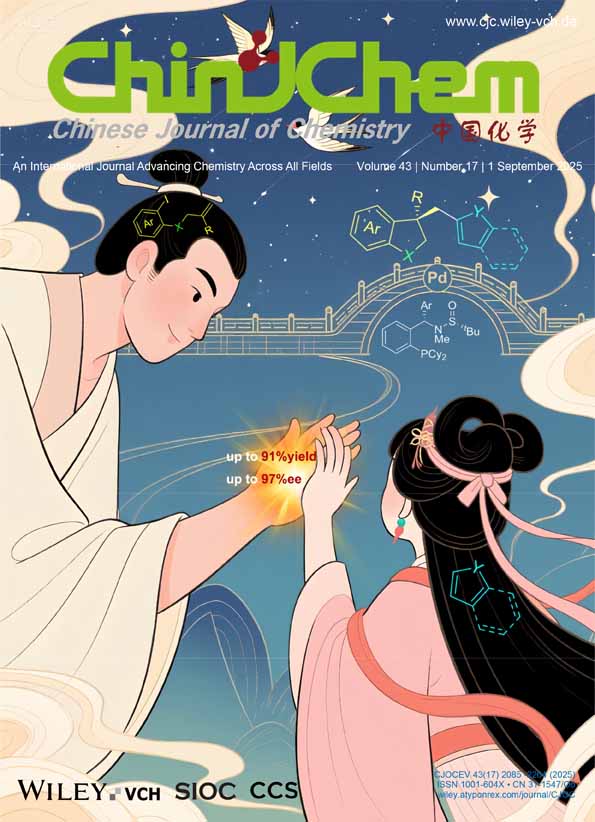Intermolecular interaction between squarylium cyanine and porphyrin
Abstract
In this paper, the interaction between squarylium cyanine and porphyrin in chloroform is investigated by absorption and fluorescence spectroscopy. Emphasis has been put on the mechanism of intermolecular energy transfer. The overlap integral J between the absorption spectrum of squarylium cyanine and the fluorescence spectrum of porphyrin was calculated, which reveals that the singlet-singlet energy transfer may occur &om porphyrin to squarylium cyanine in solution. In comparison of the observed rate constant [k11q=6.1×1013 (mol/L)−1·s−l] for fluorescence quenching of porphyrin by squarylium cyanine with the diffusion rate constant in chloroform [kdif=1.1×1010 (mol/L)−1·s−1] and the rate of energy transfer [ket≤6.7×104 (mol/L)−1·s−1 in the experimentally dilute solutions] estimated from Forster formula, the possibility of energy transfer by electron exchange or/and coulombic mechanism could be excluded. So it has been definitely convinced that the intermolecular energy transfer between them is performed through long-distance radiative mechanism which is in good agreement with the results in experimentally dilute concentration (<10−4 mol/L). Meanwhile, the fluorescence of squarylium cyanine can also be quenched by porphyrin, which suggests that photoinduced charge transfer with other process may occur. In the contrast, the results can be partly contributed to understand the reason why the energy transfer efficiencies of porphyrin ø11/et are always lower than its fluorescence quenching efficiencies øIq.




